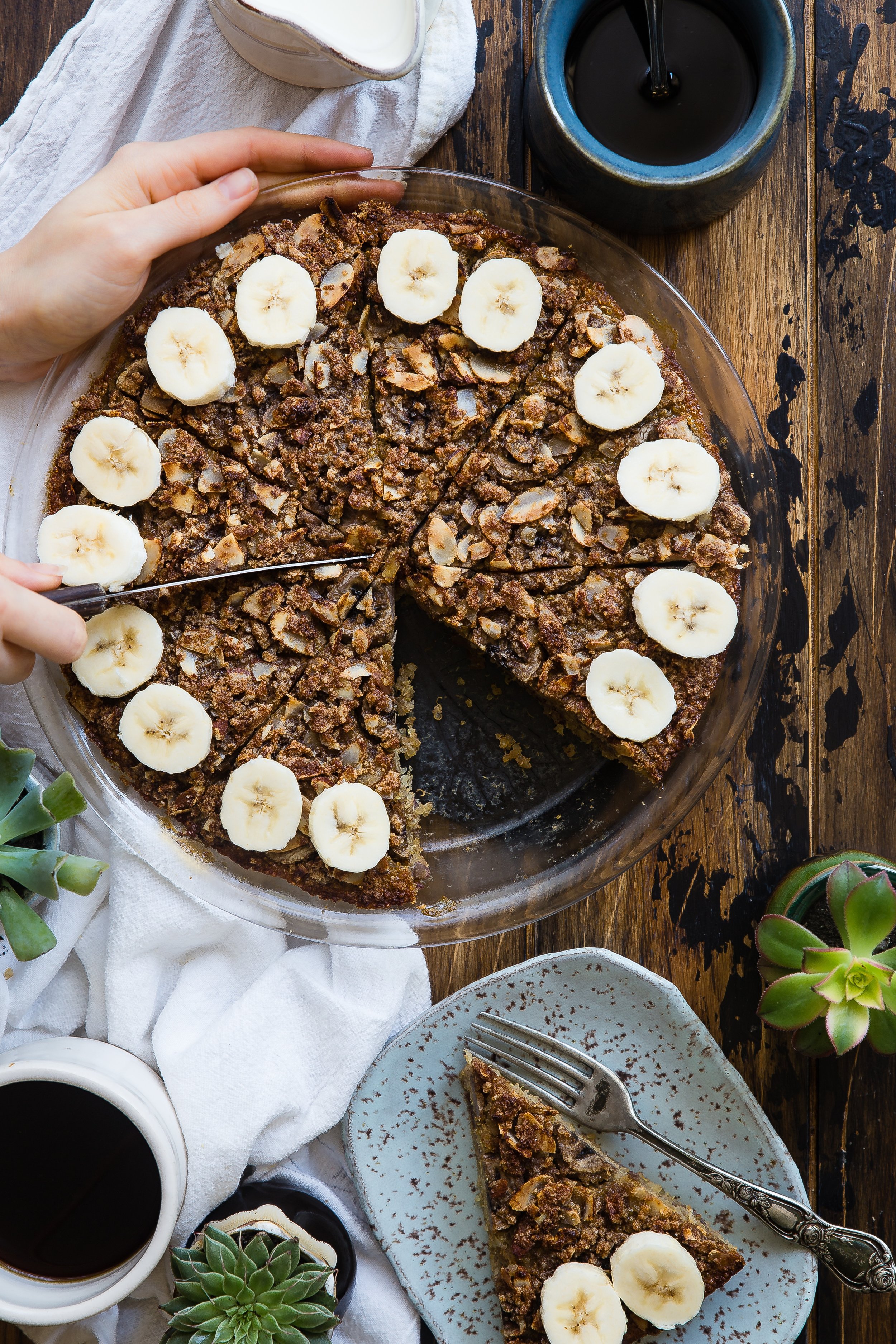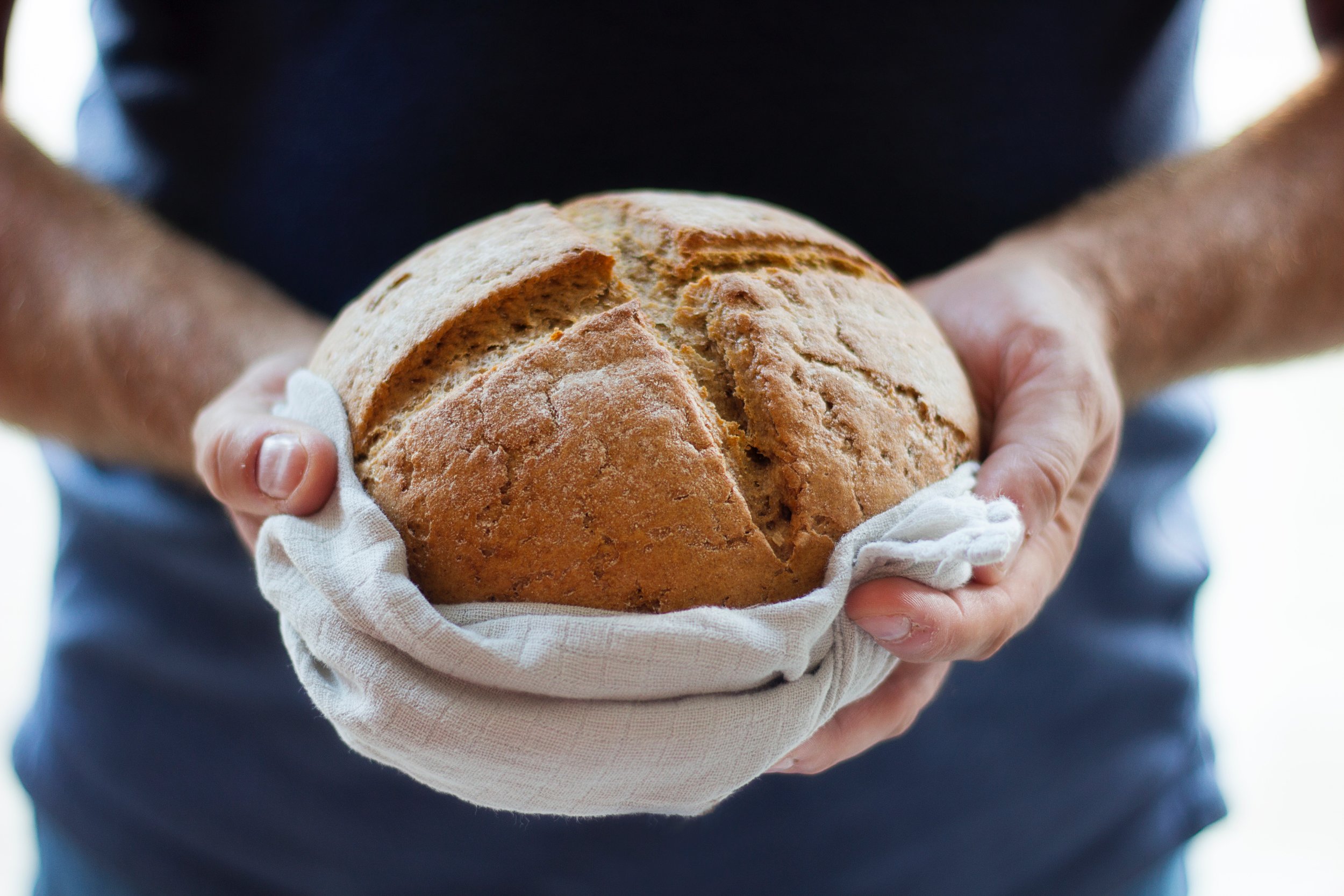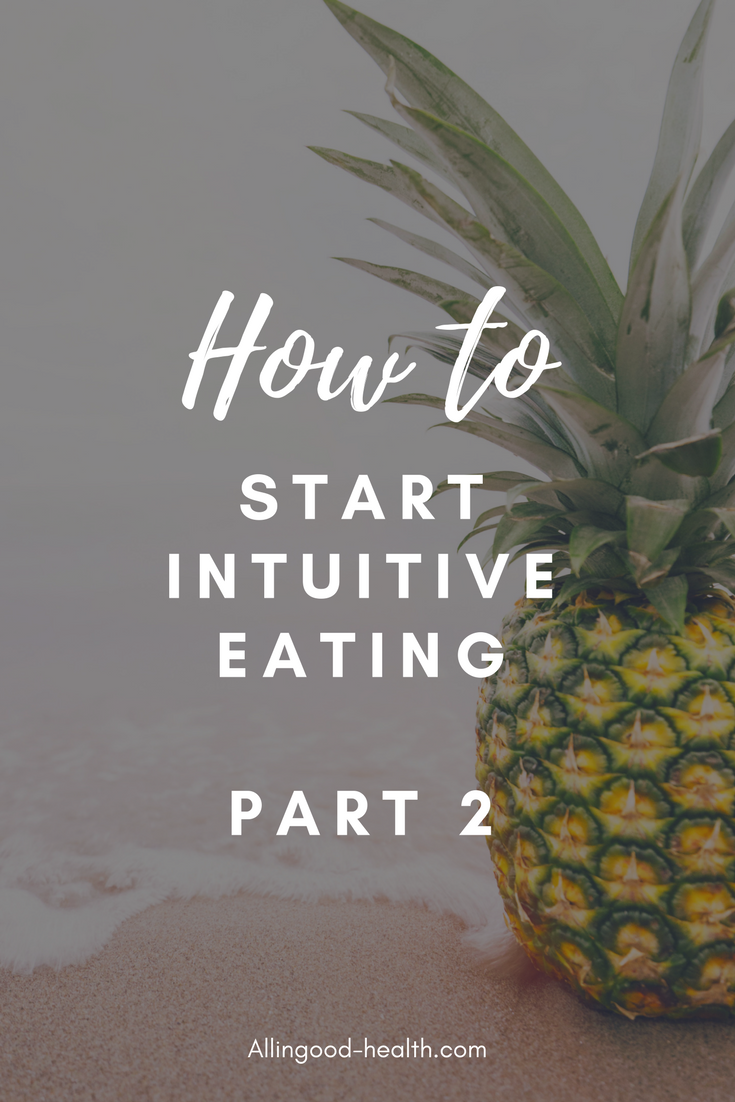How To Start Intuitive Eating-Part 2
Today we're continuing the series on 'how to start intuitive eating.' If you're catching up, check out the first blog post (How to Start Intuitive Eating-Part 1). In part one we learned about letting go of the diet mentality and the importance of giving yourself unconditional permission to eat when getting started on your journey toward intuitive eating. Today we'll expand on that foundation and put some practical tools to use.
As a reminder, this is simply a brief overview of some of the principles of intuitive eating. They're tools to get you started. Working with a dietitian or intuitive eating counselor will allow you to really work through your own process. If that sounds like something you're ready for, I'd love to work with you! Head over to the services page and schedule your free discovery call today.
Part Two
Honor Your Hunger
Many times intuitive eating is oversimplified and boiled down to eating when you're hungry and stopping when you're full. Those are pieces of the puzzle, but you're not seeing the full picture. It begins to come together once we add in more of the pieces but on their own, each principle doesn't make you an intuitive eater. It's when we put them all together that it comes into focus.
We're born knowing how to listen to our hunger. But along the way diet culture usually gets ahold of us and we start listening to external cues about when to eat. If we're honoring our hunger, we're listening to our body's signals that tell us when we start to get hungry. Hormones in the body get activated and send signals to the brain to remind us to eat. They start out quietly at first but the longer you ignore them, the louder they become.

At the first signs of hunger you may notice a slight hunger pang, alerting you that you should probably start getting some food ready. If ignored, that soft reminder will grow into a louder reminder; maybe with a growling stomach and then trouble focusing, lightheadedness, headache and irritability (aka hangry).
When we ignore hunger to the point of "hangriness," we may experience that primal drive to eat and end up way overeating and feeling out of control around food. So, ideally we're feeding ourselves before we get to the lightheaded, irritable stage. It can take some time to learn where you feel your best. The process may take longer if you've been dieting or restricting intake for a while. One thing that happens when we chronically ignore hunger (like when dieting) is that those hunger signals begin to get quieter. The more we ignore hunger, the quieter they become and fade into the background. Even if we decide we want to start listening again, they may not be there right away.
It is possible to get those hunger signals back, we just need to start feeding our body regularly. We want our body to start trusting us again. It needs to know that it will be fed regular meals. Generally, we should be feeding ourselves something every 3-4 hours for adequate blood sugar management. After a while, your body will begin to trust that you're going to be feeding it regularly and those hunger signals will become a little louder over time.
Respect Your Fullness
On the flip side of hunger is fullness. This can be a little trickier to discern than hunger. I think we all know what it feels like to eat past the point of fullness or be "thanksgiving full." But when do we stop eating for comfortable fullness? This will vary from person to person. But the idea is to stop eating when you're comfortably full and no longer hungry.
It can be helpful to try to eat your meals mindfully, removing distractions if possible so that you can pay attention and check in with how you're feeling during the meal. Think about how the food tastes and whether you're wanting more. Sometimes we eat past the point of fullness, intentionally, and that's okay. Food connects us to others and is meant to be enjoyed. If we continue eating something even though we know we're going past the point of fullness, it's okay. Sometimes that is what we choose because we are enjoying the meal and the whole experience.

Other times we may have thought we were full from our meal, but shortly after we're feeling hungry and wanting a snack. This is okay too. It's all part of listening to your body and becoming more attuned to its signals. We may even eat a meal and feel full but not satisfied. Whether the food we chose is not what we ultimately wanted, or we chose it out of a dieting mindset. We can be full but not satisfied or satisfied but not full. If you think about eating a salad, this may be filling, but not always satisfying. Or eating some chocolate may be satisfying, but not necessarily filling. If we're listening to our bodies well, hopefully we're getting some of both. Foods that are both filling and satisfying to us.
To help you understand your hunger and fullness during this process, you may want to use a hunger and fullness scale. This can help you gauge where you're landing throughout the day and help to bring some awareness around what you're doing now.
Stay tuned for Part 3, the final post in this series on getting started with intuitive eating! Part 3 will be coming out in the next few weeks so be sure to check back in on the blog or social media.
If you have any additional questions about getting started with intuitive eating feel free to leave a comment below or reach out on the contact page!


